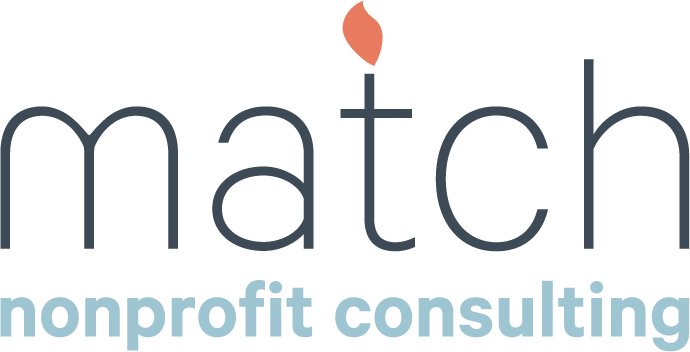How do you ask for donations in the middle of a pandemic, protest movement and presidential election?
How can you produce effective communications while working with reduced resources?
We are living through a time of historic upheaval. Its impact on the nonprofit sector is profound and, likely, enduring.
As we take steps to prevent the spread of Covid-19, we have become even more reliant on technology to keep us connected with our donors. We’ve discovered just how much of this work can be done remotely. What works (major gift Zoom calls!) and doesn’t (events, less so…).
A recent Chronicle of Philanthropy study projects that 7% of nonprofits in the US will not outlast the effects of the pandemic. But the study also showed that, 58% of donors plan to give at the same level they did last year. 23% anticipated decreasing their giving while 13% said they planned to increase. Let’s take that as good news, all things considered.
MORE GIVING TRENDS
Total giving has grown at an average annual rate of 3.3%, adjusted for inflation, for the last 64 years (Giving USA)
The Great Recession was an extreme example of how giving is correlated to economic downturns. Total giving dropped by 7.2% in 2008, and then decreased by another 8% in 2009. (The Conversation)
Since 2017, some national environmental, human rights and healthcare nonprofits have reported a surge in donations as Americans respond to their political concerns by supporting causes they believe will make a difference. (The Conversation)
Show them how your cause makes a difference.
Effective communications with your donors and prospects are absolutely critical right now to ensure continued philanthropic support for your mission.
I recommend you begin by taking stock of your messaging.
It is a time-tested truth (for a reason) that every good piece of copy is clear, concise, compelling and credible. For fundraisers, this means cases for support should:
Articulate your mission, vision, and plan and connect these to present and anticipated realities.
Identify 3-4 top level messages (with 3-4 supporting points) that encapsulate your mission, vision, plan. Then sustain the use of these in all communications.
Illustrate your institution’s impact through its people, programs and outcomes.
Cite facts, including industry recognition and data, that demonstrate your impact.
Put these principles to work, stick to it, and you will see an incremental increase in donor engagement. Don’t expect it to happen overnight. But make it your priority and measure what you do!
Next time, I will write about how to leverage integrated communications for the most efficient and effective outreach to your donors.
In the meantime, check out Donor Communications: A New Roadmap for Covid-19 (and Other Crises), our newest product for those needing hands-on assistance.
Barbara Perkins
Consultant/Advancement Communications Specialist
bperkins@matchnpc.com
